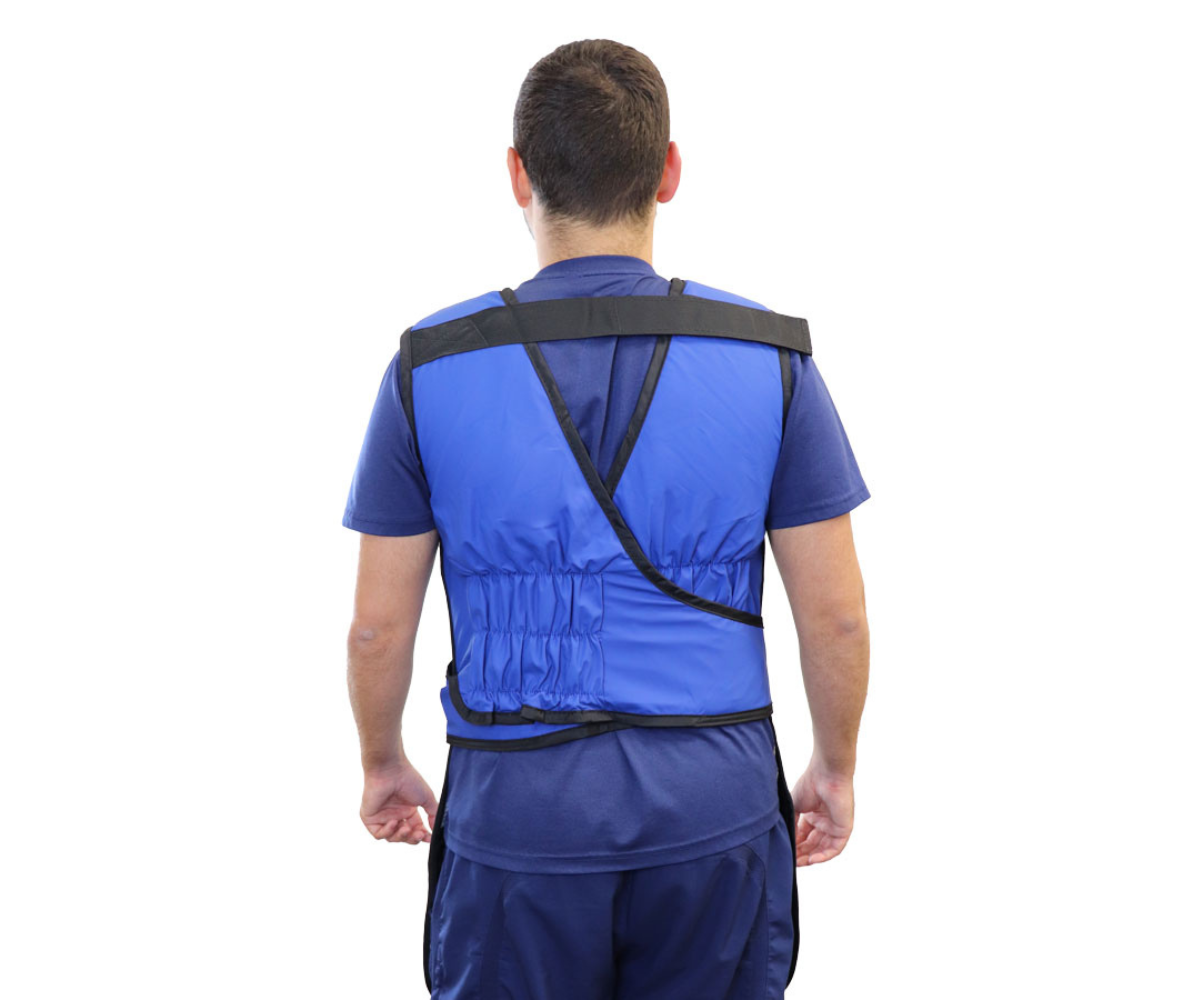Artificial intelligence (AI) has been heralded as a revolutionary tool in medical imaging, particularly in radiology, where its potential to augment human performance in interpreting X-rays and CT scans could lead to more accurate diagnoses.
However, recent research underscores the nuanced nature of AI's impact, revealing that its benefits are not uniformly experienced by all clinicians. This article explores the complexities of integrating AI into radiology, drawing insights from two pivotal studies that highlight the variability in AI's effectiveness and its implications on clinical workflow.
The promise of AI in radiology is predicated on its ability to assist radiologists in identifying abnormalities with greater precision. By analyzing vast amounts of imaging data, AI can theoretically reduce diagnostic errors and enhance efficiency. Nevertheless, findings from a study published in Nature Medicine in 2024 revealed that AI's impact varies significantly among individual radiologists.
The researchers analyzed the performance of 140 radiologists across 15 X-ray diagnostic tasks, involving 324 patient cases with 15 different pathologies. The study found that while some radiologists benefited from AI assistance, others experienced a decline in diagnostic accuracy. This variability was not easily predictable based on factors such as the radiologist's experience, specialty, or prior use of AI tools.
The research highlights that individual clinician differences significantly influence how AI tools affect performance. Different radiologists react differently to AI assistance; some are helped while others are hindered by it.

Ensuring that AI reflects the diversity of clinicians' expertise and decision-making styles is critical for its effective implementation. This insight calls for a more nuanced approach to AI deployment, one that involves continuous feedback and adaptation to the specific needs of each clinician.
AI's Influence on Radiologists' Workload
Another study published in npj Digital Medicine in 2023, examining the practical implications of AI in radiology focused on its impact on radiologists' reading times for chest radiographs (CXRs). Conducted as a prospective observational study, it involved 11 radiologists and 18,680 CXRs. The study compared reading times during periods when AI assistance was available versus when it was not.
The findings showed that overall reading times were significantly reduced when AI was used, particularly for normal CXRs. When no abnormalities were detected by AI, the average reading time decreased from 13.1 seconds to 10.8 seconds. However, if AI detected abnormalities, the reading times did not differ significantly, averaging around 18.5 seconds regardless of AI assistance. This indicates that while AI can enhance efficiency for straightforward cases, its impact is less pronounced for complex cases requiring more careful review.
Implications for Clinical Practice
These studies collectively underscore the importance of a carefully calibrated approach to integrating AI in radiology. To maximize the benefits and minimize potential harm, several key strategies should be considered:
Personalized AI Systems: Developing AI tools that can adapt to the individual characteristics of radiologists, including their expertise and decision-making patterns, is crucial. This personalized approach can help ensure that AI serves as an effective aid rather than a hindrance.
Thorough Pre-Testing and Validation: AI tools should undergo rigorous testing in real-world clinical settings to validate their accuracy and reliability. This step is essential to prevent poorly performing AI from negatively impacting diagnostic accuracy and patient care.
Enhanced Training for Radiologists: Radiologists should be trained to critically evaluate AI outputs and recognize potential inaccuracies. This training can empower clinicians to use AI as a supportive tool while maintaining their diagnostic autonomy.
Continuous Feedback Loops: Establishing mechanisms for continuous feedback between AI developers and clinicians can help refine AI tools and ensure they remain aligned with clinical needs.
The integration of AI in radiology holds significant promise for enhancing diagnostic accuracy and efficiency. However, the variability in AI's impact on individual radiologists highlights the need for a nuanced and personalized approach to its implementation.
By understanding and addressing the complexities of human-AI interaction, the medical community can harness the full potential of AI while safeguarding the quality of patient care.

EDM Medical Solutions is a premier supplier and manufacturer of medical imaging products, including ultrasound supplies, surgical drapes, and needle guides. We are committed to delivering a high-quality and cost-effective range of products that enhance patient care and operational efficiency.
Our Krystal brand, featuring probe covers and equipment drapes, sets the industry standard for quality, safety, and reliability. Switching to Krystal can mean up to 30% in savings on your supplies.
With market-leading prices and rapid shipping options, we ensure our clients have immediate access to the supplies they need, when they need them. That's why over 2,000 facilities in the US choose EDM.
By prioritizing customer satisfaction and maintaining excellent service standards, EDM continues to be the partner of choice for facilities across clinical areas, including ASCs, imaging centers, and Ob/Gyn practices.












